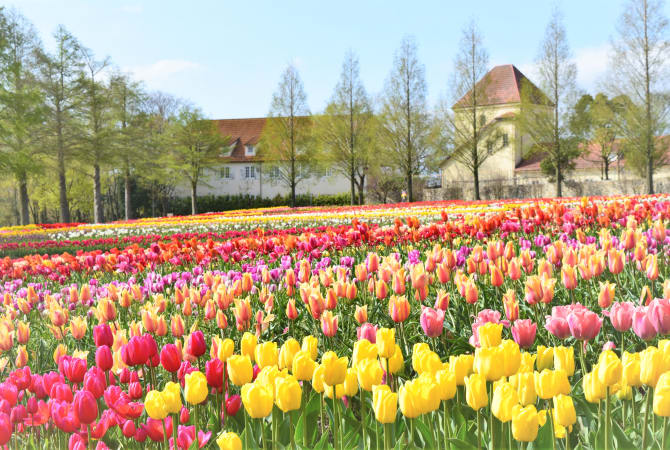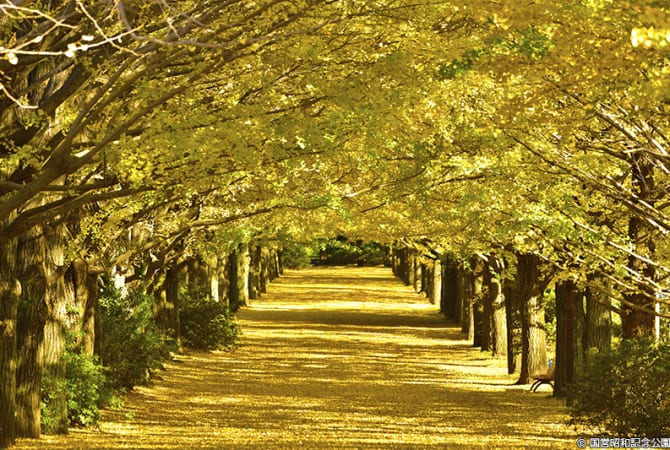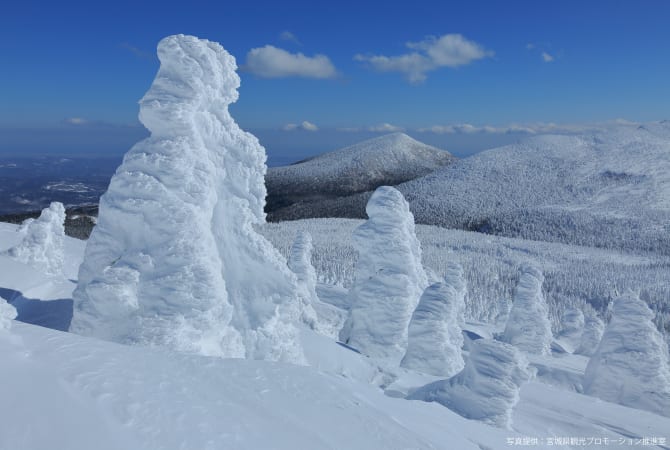Impressive Shrines and Temples to Visit in Japan
Masterfully built and intricately detailed, there are many impressive shrines and temples in Japan. This, combined with the country’s rich heritage and culture, makes it the perfect getaway for travelers in love with history and the arts. If you are one of them, here are some of the shrines and temples you should not miss when you visit Japan.
1. Kashima Shrine (Ibaraki)
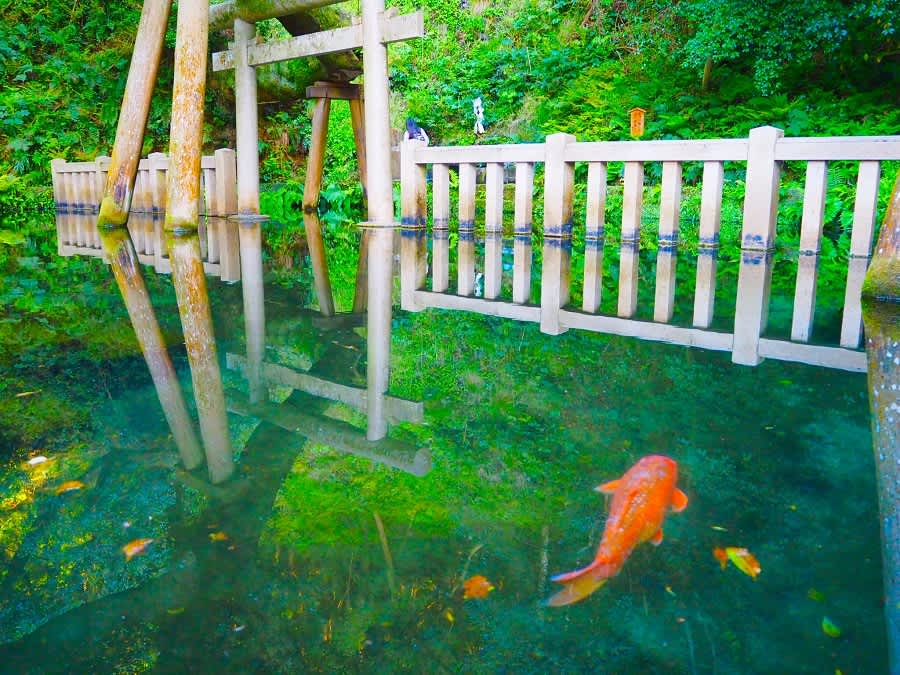
Kashima Shrine is a Shinto shrine founded in 660 B.C. and is located in Ibaraki Prefecture. It houses two main shrines called the “Honden” and “Okumiya,” both of which have been rebuilt in the early 1600s. The shrine is dedicated to Takemikazuchi no Mikoto, the deity of martial arts.
Should you plan to visit, it would be a good time to come by on September 1 and 2. It is during this period that the Kashima Shrine JINKOSAI Festival is held, wherein locals pray for good fortune, crops, and peace. The lively festival brings parades and various food stalls to the area, giving visitors an opportunity to try out the city’s local delicacies.
2. Nikko Toshogu Shrine (Tochigi)
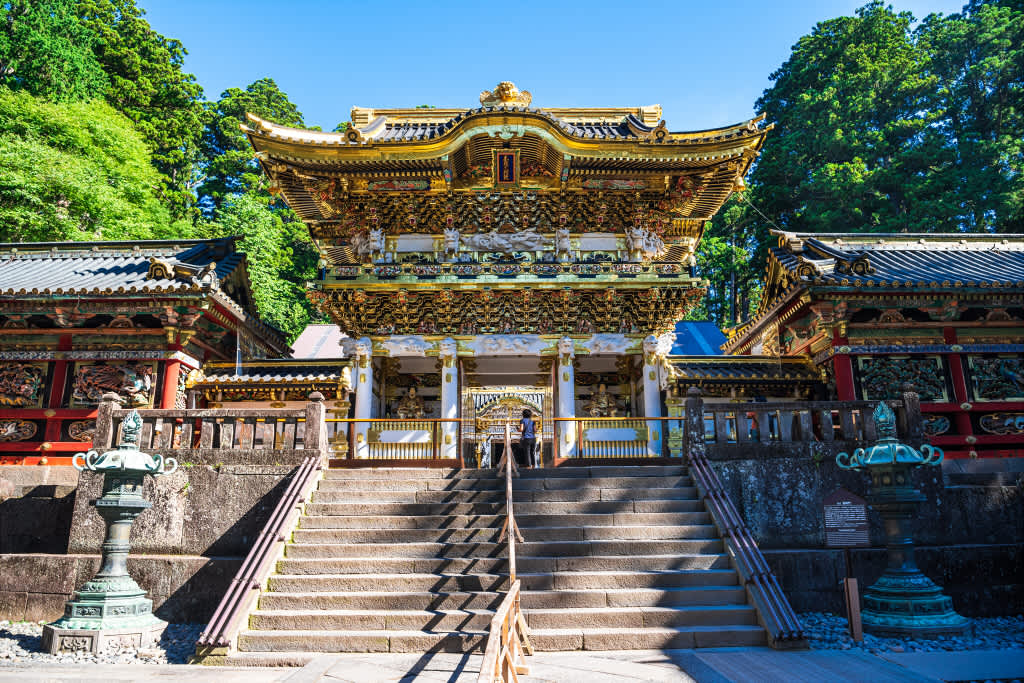
Located in Tochigi Prefecture, Nikko Toshogu Shrine is the resting place of famous samurai leader Tokugawa Ieyasu who is referred to as the deity Tosho Daigongen or the “Great Deity of the East Shining Light.” His mausoleum complex, with its intricate carvings and lavish structures, comprises part of a UNESCO World Heritage Site and a popular tourist destination.
Inside the shrine is the famous carving of the three monkeys that signify the popular adage, “see no evil, hear no evil, speak no evil.”
An annual festival called the “Shuki Taisai Grand Festival” is held during the fall and spring seasons to commemorate the arrival of Tokugawa Ieyasu’s remains at the shrine. During which, a parade of dressed samurais fills the streets and visitors get to see different shows.
3. Byodoin Temple (Kyoto)
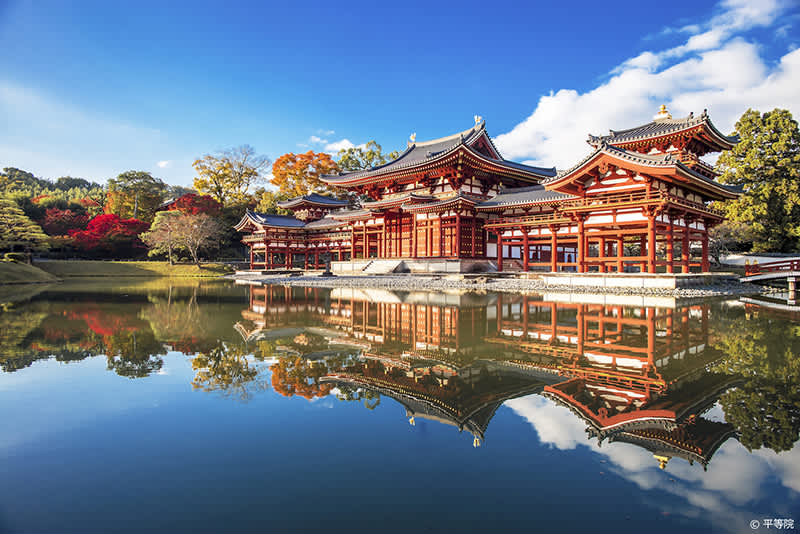
Located in the city of Uji in Kyoto, Byodoin Temple was originally an aristocrat's villa. In 1052, it was turned into a temple and is now a UNESCO World Cultural Heritage Site.
Built in 1053, the Amida-do Hall (Phoenix Hall) has maintained its original structure to this day. It has become the temple’s main highlight, so much so that the hall can be found on the obverse of the Japanese 10 yen coin.
The Phoenix Hall also houses national treasures like statues and paintings. Similarly, more artifacts can be found in Hoshokan Museum, still within the complex of Byodoin Temple.
For those looking for local specialties and souvenir items, there is a lineup of stores in the vicinity, including the cafe “Sabo TOKA.” As Uji is known for its top-quality green tea, this local teahouse offers a variety of green tea options.
4. Motonosumi Shrine (Yamaguchi)

It is easy to spot Motonosumi Shrine from a distance because of its 123 vermilion torii gates leading towards the sea.
Located in Yamaguchi Prefecture by the coast of the Japan sea, Motonosumi Shrine became a popular spot because of its aesthetically striking view, attracting many photographers and tourists to visit the place.
The shrine also has statues and pictures of foxes, which is significant to the place’s history. According to locals, in 1955, a white fox appeared in a resident fisherman’s dream and asked for a shrine to be built in the area. In Japanese folklore, foxes are believed to be the messenger of Inari, the deity of rice cultivation.
With the shrine’s interesting story, many people come to pray and make a wish. An offertory box is placed on top of the very first torii gate where visitors try to shoot coins in. Should your coin enter the box, it is said that your wish will come true.
5. Naminoue Shrine (Okinawa)
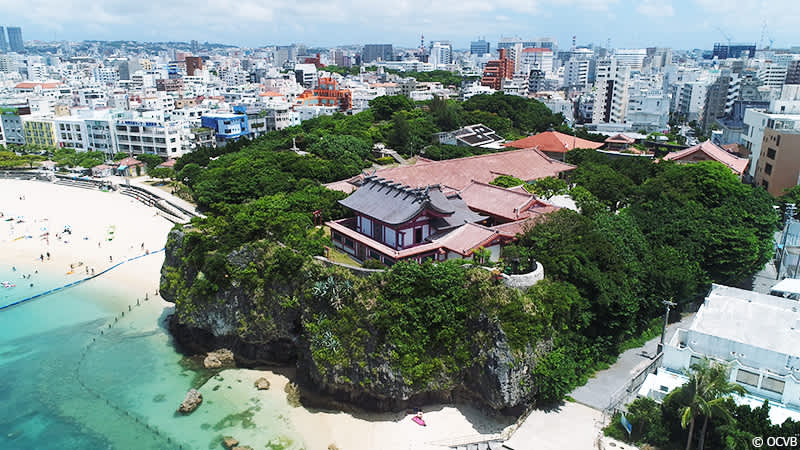
Naminoue Shrine, which means “above the waves,” is situated on top of a cliff by the shore in Naha, Okinawa.
Naminoue Shrine has a rich history and was established during the time when Okinawa Prefecture was still the Ryukyu Kingdom. The place has become a sacred place where many travelers come to pray for a safe voyage, while locals pray for a bountiful catch and harvest. To this day, many people still visit the shrine to pray for good health and fortune.
The shrine celebrates the Nanmin Festival every May 17 and 18. These are good dates to visit if you would like to see local festivities such as watching an Okinawan sumo contest, a traditional Okinawan dance, and even a tug of war by the beach.















































